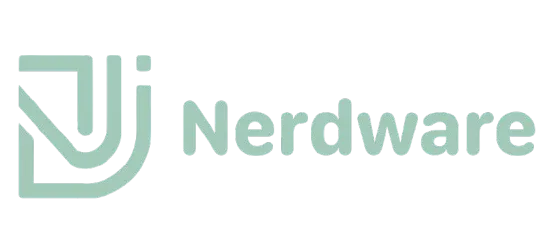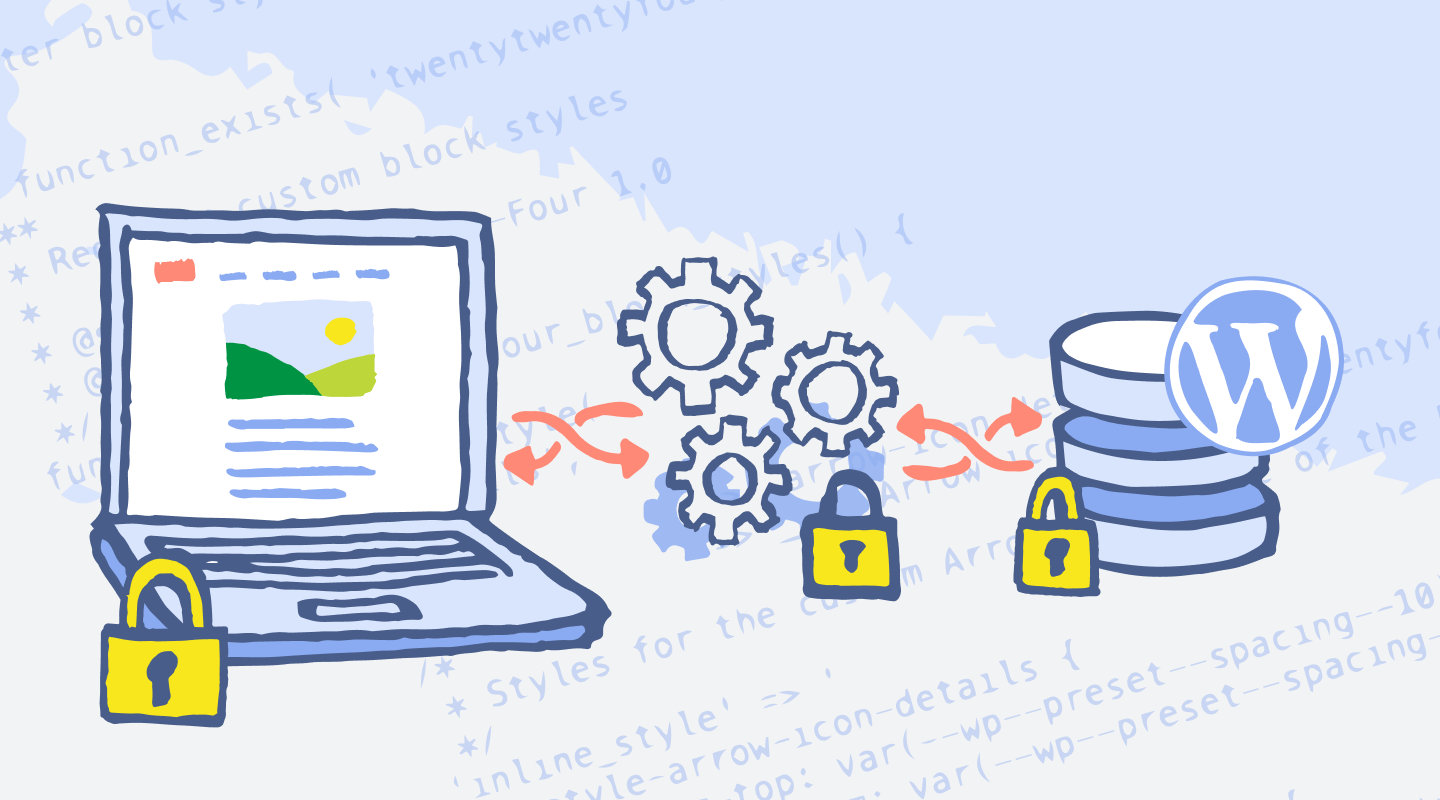
Exploring the Internet of Things (IoT): Connected Devices, Security, and Applications
Understanding the Internet of Things (IoT)
The Internet of Things (IoT) refers to a network of interconnected devices that communicate and exchange data over the internet. This ecosystem enables physical objects, ranging from household appliances to industrial equipment, to be embedded with sensors, software, and other technologies that allow them to gather and transmit information. By leveraging connectivity, these devices can be monitored and controlled remotely, significantly enhancing operational efficiency and the user experience.
At the core of IoT are several fundamental components. Sensors play a crucial role as they collect data from the environment. These sensors can detect various parameters such as temperature, light, motion, and humidity, depending on their specific application. Software processes this collected data, allowing devices to analyze and respond to changing conditions. Furthermore, communication protocols facilitate interaction between devices, forming a cohesive network. Common protocols include MQTT, CoAP, and HTTP, which dictate how data is transmitted across the network.
The rise of IoT technology has resulted in a significant expansion of connected devices. It’s estimated that billions of devices are now connected globally, and this number continues to grow. This growth presents numerous opportunities for various sectors, including healthcare, agriculture, transportation, and smart homes. With the ability to automate tasks and gather detailed insights, IoT applications are revolutionizing how industries operate. For example, in healthcare, connected devices enable remote patient monitoring, improving patient care and reducing costs.
As the Internet of Things continues to evolve, it is set to transform daily life by making processes smarter and more efficient. With a vast array of devices now relying on IoT technology, understanding its components and functionality becomes essential for harnessing its potential in enhancing our world.
IoT Security: Challenges and Solutions
The proliferation of Internet of Things (IoT) devices has brought significant advancements across various domains, but it has also introduced a multitude of security challenges. As connected devices become ubiquitous, there is an increasing risk associated with their vulnerabilities. Common security issues within IoT devices include inadequate authentication mechanisms, unpatched software, and weak encryption protocols. These vulnerabilities can be exploited by malicious actors, leading to unauthorized access and potential data breaches.
One of the most notable implications of weak security protocols in IoT systems is the exposure of sensitive information. Hackers can infiltrate vulnerable devices, resulting in the theft of personal data or even manipulation of connected systems, such as smart home devices and industrial control systems. High-profile security breaches have highlighted the consequences of lax security measures; for instance, the Mirai botnet attack in 2016 compromised thousands of IoT devices, causing widespread service disruptions and demonstrating the critical need for improved security measures.
To mitigate these security concerns, a multifaceted approach is necessary. Organizations and individuals must prioritize best practices for enhancing IoT security. Implementing strong encryption methods is essential to secure data transmission and storage. Regular software updates should be conducted to patch vulnerabilities and enhance device security. Moreover, user awareness is crucial; educating consumers about the importance of changing default passwords and securing their networks can significantly reduce the risk of unauthorized access.
Emerging technologies and frameworks also play a vital role in strengthening IoT security. Innovations such as blockchain technology are being explored for their potential to create secure and decentralized networks, while artificial intelligence tools can help detect anomalies and improve threat response times. By adopting these measures and embracing a proactive approach to security, the potential risks associated with IoT can be effectively managed, ensuring a safer and more reliable connected environment for users.
Smart Homes: The Future of Home Automation
The concept of smart homes represents a significant shift in how technology interacts with our living spaces. By integrating IoT technology, everyday household items are transformed into connected devices capable of communicating and functioning in unison to enhance the living experience. Smart home devices such as smart speakers, security systems, and energy management tools are increasingly prevalent, fundamentally changing home automation.
Smart speakers, powered by advanced voice recognition, serve as central hubs for controlling various devices within the home. Homeowners can manage everything from lighting to temperature with simple voice commands, leading to increased convenience and a seamless integration of technology into daily routines. However, it is essential to recognize the role of smart security systems in smart homes, which provide enhanced safety features. These systems can include smart cameras, doorbells, and alarms that allow for real-time monitoring and alerts, exemplifying how IoT enhances security for homeowners.
Moreover, energy management tools are essential components of the smart home ecosystem. With the integration of smart thermostats and energy-efficient lighting systems, residents can monitor and control energy usage effectively, resulting in reduced bills and a lower environmental footprint. The convenience and efficiency brought by these devices not only improve homeowners’ quality of life but also contribute to broader energy sustainability.
While the advantages of smart homes are evident, consumers face challenges in the integration of smart technology. Compatibility issues often arise when devices from different manufacturers are introduced into a single ecosystem. To navigate these challenges, consumers should prioritize the selection of devices that adhere to common communication standards and protocols. Ensuring interoperability is crucial for creating a truly connected home where various devices can function together seamlessly. By carefully considering these factors, homeowners can confidently embrace the future of home automation.
Industrial IoT Applications: Revolutionizing Industries
The Industrial Internet of Things (IIoT) encompasses a broad range of applications that are transforming the landscape of various industries. By leveraging interconnected devices and cloud computing, IIoT technologies facilitate improved operations, safety, and productivity. One of the significant use cases of IIoT is predictive maintenance. Through the integration of sensors and analytics, industries are now able to assess equipment performance continuously. This capability allows for timely identification of maintenance needs, significantly reducing unplanned downtime and extending the life of machinery. Companies can access real-time data that informs them of potential issues before they escalate, thus enhancing productivity.
Another notable application of IIoT is in supply chain management. The ability to track assets and monitor their condition in real-time provides businesses with increased visibility. This visibility leads to optimized inventory levels, minimized losses, and improved shipping accuracy. For example, logistics companies can utilize connected devices for real-time tracking of shipments, ensuring they remain on schedule while reducing costs associated with delays and damages.
Moreover, in manufacturing, IIoT solutions enable enhanced operational efficiency. Smart factories equipped with connected devices can collect and analyze vast amounts of data from production lines, leading to insights that drive process improvements. Manufacturers can streamline workflows and better allocate resources, facilitating a more responsive and agile production environment. While there are many benefits to adopting IIoT solutions, such as substantial cost savings and heightened safety protocols, industries often face challenges. Integrating new IIoT technologies with existing legacy systems can be complex, and effective data management becomes crucial to ensure a seamless transition.
Several sectors have successfully implemented IIoT, illustrating its transformative potential. For instance, in the energy sector, companies utilize sensors to monitor equipment health and optimize energy output, while in agriculture, smart sensors help farmers manage irrigation and monitor soil conditions. These real-world applications highlight the significant impact of IIoT, demonstrating its role in reshaping industry standards and practices.







